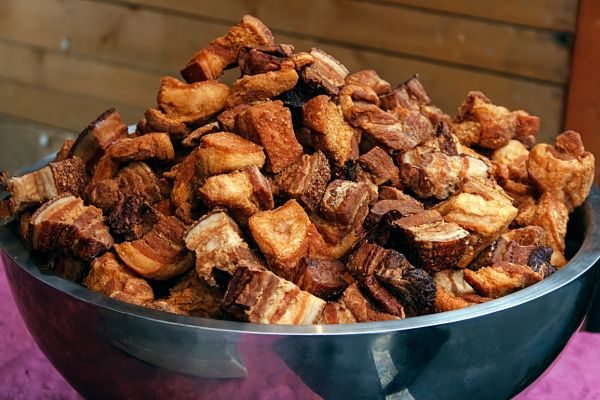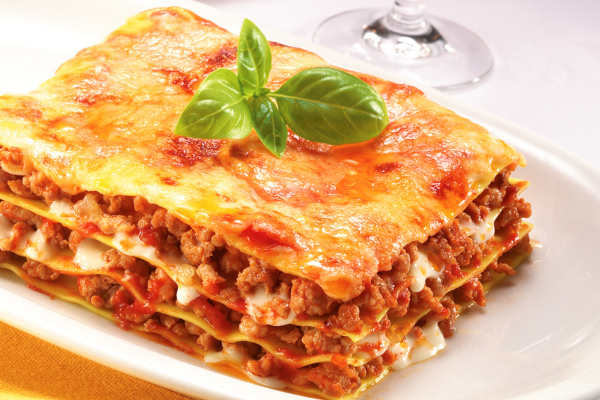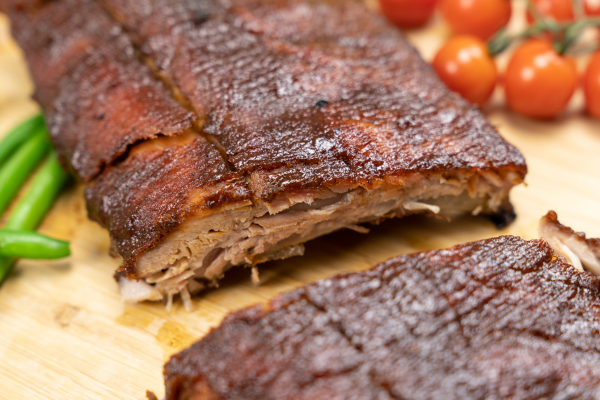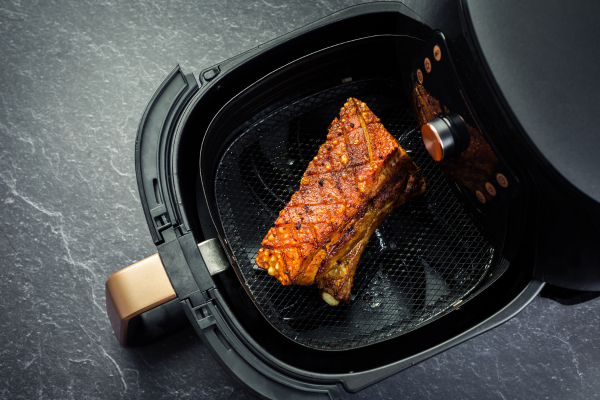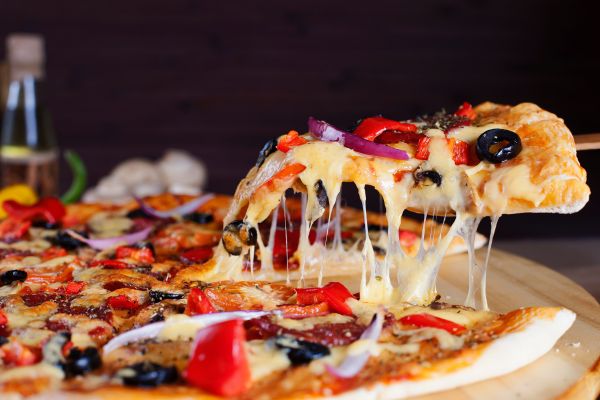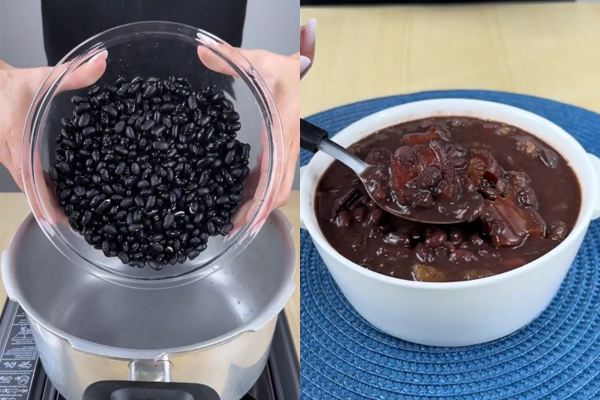Quick and Easy Gluten-Free Blender Bread
Advertisements
Amidst the growing wave of searches for alternatives that combine health and flavor, we unveil the fascinating universe of Gluten Free Blender Bread. This is not just a recipe, but a culinary experience that transforms the conventional idea of bread, bringing a new level of irresistibility to your table.
Imagine the magic of preparing a Gluten-Free Bread in an uncomplicated way, using ingredients that transform each bite into a celebration of authentic and nutritious flavors. We are about to dive together into this unique journey, where simplicity meets the exuberance of Gluten-Free Bread.
Advertisements
The Select Ingredients That Transform the Recipe
The secret behind perfect gluten-free bread lies in choosing the right ingredients. Carefully selecting these ingredients makes the recipe not only tasty, but also nutritious, providing health benefits without sacrificing quality. Discover the ingredients that make all the difference:
- Nutritious Rice Flour: Essential for ensuring a light and soft base, rice flour brings with it a smooth texture that results in a light bread, perfect for those looking for a gluten-free option without sacrificing flavor.
- Potato Starch for Softness: Potato starch is an essential ingredient for the softness of the dough, providing a fluffier and more delicate texture. Its ability to retain moisture helps to create a bread that stays soft for longer.
- Sweet Tapioca Flour for Volume Increase: Sweet cassava starch is the ingredient responsible for ensuring that the dough rises properly, creating an airy and lighter texture. Its presence is essential for the structure and volume of the bread.
- Gluten Free Baking Powder: A good yeast is crucial for the rise of the dough. By choosing a gluten-free yeast, you ensure that your bread is light, airy and has the perfect texture.
- A touch of salt to enhance flavors: Salt is the ingredient that enhances the combination of flavors, providing the necessary balance for all the other ingredients to shine.
- Eggs for Structure and Moisture: Eggs are responsible for giving the dough the necessary binding and ensuring that the bread has the ideal consistency and moisture. They play an essential role in the final result of the recipe.
- Coconut Oil or Olive Oil for Fat and Flavor: Coconut oil and olive oil are responsible for giving the dough a soft and silky texture, as well as enriching the flavor of the bread. Choosing between one or the other also allows you to adjust the final flavor of the bread according to your preferences.
- Gluten Free Milk for Smoothness: Almond milk or coconut milk are great options for giving the dough a smoother, more uniform consistency, as well as being an excellent alternative to conventional milk.
- Apple Cider Vinegar to Activate Yeast and Improve Texture: Apple cider vinegar not only helps activate the chemical yeast, but also contributes to the texture of the bread, making it lighter and more airy.
Gluten-Free Blender Bread Recipe
After selecting the exquisite ingredients, embark on preparing this culinary masterpiece.
Ingredients:
- 2 cups rice flour
- 1 cup potato starch
- 1/2 cup sweet cassava starch
- 1 tablespoon baking powder (gluten free)
- 1 teaspoon salt
- 3 eggs
- 1/4 cup coconut oil or olive oil
- 1 cup gluten-free milk (almond milk or coconut milk)
- 1 tablespoon apple cider vinegar
Instructions:
- Preheat the oven: Heat the oven to 180°C, while greasing a loaf tin and setting aside.
- Combine the ingredients in a blender: Add rice flour, potato starch, sweet cassava starch, baking powder and salt to the blender.
- Add the liquid ingredients: Add eggs, coconut oil or olive oil, gluten-free milk, and apple cider vinegar to the blender.
- Mix until you get a homogeneous dough: Turn on the blender and mix until you obtain a smooth and homogeneous dough.
- Pour the batter into the pan: Pour the batter into the greased loaf pan, smoothing the surface.
- Bake the bread: Bake in a preheated oven for approximately 45 minutes, until the bread is golden brown and a toothpick inserted into the center comes out clean.
- Let it cool: Remove from the oven and let cool in the pan for a few minutes. Transfer to a cooling rack to cool completely.
FAQ: Frequently Asked Questions
Can I substitute rice flour for another gluten-free flour?
Yes, experiment with alternative flours like corn or almond, but be aware that it can affect texture and flavor.
How to store gluten-free blender bread?
Keep fresh in an airtight container at room temperature for up to 2-3 days, or freeze individual slices for a longer shelf life.
Can I add extra ingredients to the recipe?
Absolutely! Customize with seeds, herbs or gluten-free cheese, mixing into the dough before baking.
How do you know when the bread is baked?
The bread is ready when it is golden brown on top and a toothpick inserted into the center comes out clean. Avoid removing it from the oven too early to avoid a raw center.
Conclusion
In conclusion, Gluten-Free Blender Bread transcends the simple need for food, becoming a true celebration of health and the pleasure of cooking.
Its recipe, which combines practicality and quality, not only eliminates gluten, but also opens doors to new culinary possibilities. By using fresh and nutritious ingredients, each slice is a journey of flavor, texture and well-being.
The simplicity of preparation in the blender makes this recipe an accessible and, at the same time, sophisticated option for those looking for a more conscious and tasty diet.
The possibility of customization is another strong point, allowing you to adjust the seasonings, add special ingredients or create variations that suit your desires and needs.
In addition to being a healthy alternative to conventional bread, Gluten-Free Blender Bread provides a unique sensory experience, transforming the simple act of making bread into a pleasurable and enriching activity.
Sharing this delicacy with friends and family becomes a moment of togetherness, where not only the flavor is celebrated, but also the idea of taking care of yourself and others through food.
Each piece of this bread is a reminder that food can be both an act of care and an invitation to creativity, showing that, by exploring new flavors and textures, we can create a universe of infinite possibilities in the kitchen.
By sharing it, you are not only offering food, but also the opportunity to experience the pleasure of experimenting and connecting more deeply with healthy and tasty food.

